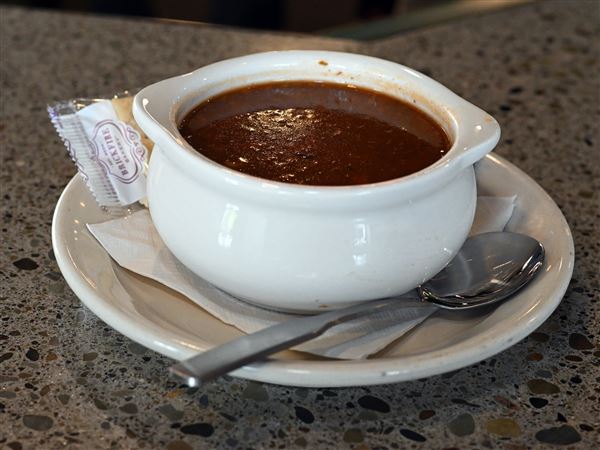By Mary Boone
Having a teeny bathroom used to mean luxurious soaks in the tub were completely out of the question. That’s changing. Manufacturers have finally figured out that not everyone has room for a standard 60-inch-long bathtub.
The Japanese were at the forefront of solving this crisis. In a country where space is at a premium, they’ve long enjoyed bathing in small tubs. U.S. designers have finally taken notice and small bathtubs are becoming increasingly popular with homeowners.
If you’ve steered clear of small tubs because you think you’ll have to bend and flex to fit in, think again. These new tubs are shorter than standard tubs, but they’re also deeper. Many styles come with built-in seats, so you don’t have to lie down in order to submerge your body.
Even though the tubs are deeper than standard tubs, they do not need to be sunken into the floor. The small bathtubs can rest on the floor, just like traditional tubs. Their raised design also makes it easier to enter and exit the tub, making them especially popular among homeowners with limited mobility.
Many major North American bath manufacturers have dipped their toes into the small tub market. Available options include corner-fitting bathtubs, round bathtubs, free standing tubs, claw foot tubs, walk-in bathtubs and small tubs with showers.
American Standard’s enameled steel “McKenzie” tub, for example, is 4½ feet long. The bare-bones model, which comes in bone or white, retails for approximately $390. Kohler’s space-saving “Mayflower” corner bath is crafted of cast iron and designed especially for tight applications. It comes in six different finishes and sells for about $3,000.
Those seeking an out-of-the-ordinary small tub may want to turn to a boutique tub company.
Aquatica’s freestanding small bathtubs are made of acrylic or stone resin and come in either classical or contemporary designs. The Canadian company’s “PureScape 034,” for example, is modeled after Japan’s traditional Ofuro tub. The round acrylic tub is just 39½ inches in diameter and 26 inches deep; multiple tiers on its exterior hint at the tub’s depth and add interest to its appearance. Without fittings, the tub retails for about $2,625.
SeaOtter WoodWorks in Haines, Alaska, builds wooden Japanese-inspired bathtubs, which it ships all over the country. It’s smallest tub measures 42 inches long, 26 inches wide, and 22 inches deep. The 60-gallon tub is made of Hinoki, the famous traditional wood used for the classic Japanese Ofuro, and costs $5,300. Available options are a matching wood cover, shelf, wood flooring (sunoko), bathing buckets, and stools.
New Mexico-based Stone Forest’s small tubs are modern works of art. The company’s oval-soaking tub, at 47½ inches long and 40 inches deep, is carved from a single block of black granite. The tub includes a built-in seat, custom crafted to fit its owner. You’ll want to consult a structural engineer before you spend the $20,000 to buy this tub; it has a dry weight of 2,400 pounds.
First Published: November 21, 2012, 5:15 p.m.














